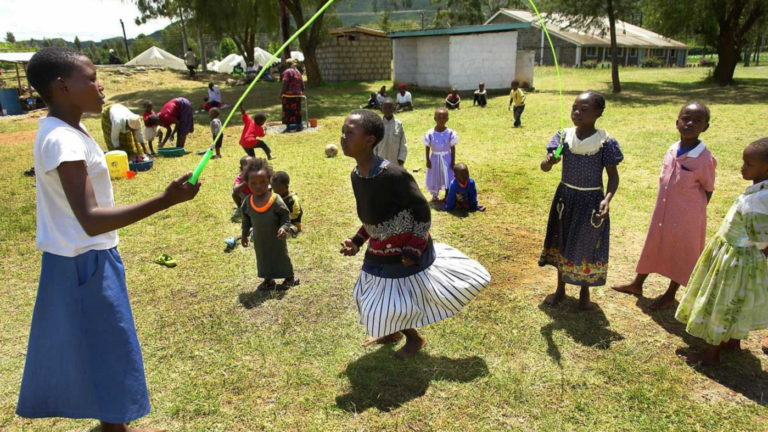Children and teens are growing up in a world dominated by social media, instant messaging, and online news, the ability to distinguish fact from fiction is a critical skill they all need. Teaching young people to navigate the complexities of misinformation and think critically about online content is essential for building informed and responsible digital citizens.
Why Misinformation Education Matters
Children and teens are highly impressionable and often lack the experience or tools to critically assess online content. Misinformation can shape their beliefs, influence their decisions, and even affect their mental health. Early education about recognizing fake news, understanding biases, and verifying facts can empower young people to make informed choices and contribute positively to digital spaces.
Key Strategies for Teaching Critical Thinking Online
- Start with the Basics
Introduce children to the concept of misinformation and explain its forms, such as fake news, clickbait, and deepfakes. Use real world examples to illustrate how false information can look convincing and why it’s important to question what they see online. - Encourage Skepticism, Not CynicismTeach children to ask questions when they encounter new information. This can encourage them put in considerations such as the source of the information, purpose of the information and even the evidence to support the claims of the news before consuming it or sharing it out. Also, remind them that being skeptical doesn’t mean rejecting all information but evaluating it thoughtfully.
- Teach Fact-Checking Skills
Thirdly, parents equip children with practical tools to verify information. There are several fact checking websites such as FactCheck.org that would help them verify news. Also, teach them to cross-check information across multiple trusted sources and look for the publication date to ensure the content is up to date.Interactive activities, such as fact-checking news articles together, can make this process engaging.
- Discuss Media Literacy
Help children understand how media works, including the role of algorithms, targeted advertising, and sensationalism in shaping online experiences. Explain how these factors can create echo chambers and bias their perceptions. - Identify Emotional Manipulation
Misinformation often uses emotional language or sensational headlines to grab attention. Teach young people to recognize and question emotionally charged content. Discuss the importance of pausing before reacting or sharing such content. - Promote Respectful Online Behavior
Teach children how to engage in constructive discussions online, even when they disagree with others. Emphasize the importance of verifying information before sharing it and the impact of spreading false narratives. - Use Games and Interactive Tools
Several online games and tools are designed to teach critical thinking and misinformation detection. For example, games like Bad News simulates how misinformation spreads, giving players insight into tactics used by bad actors. - Involve Parents and Educators
Parents and teachers play a crucial role in reinforcing these lessons. Provide them with resources and encourage open conversations about digital habits and experiences.
Building a Culture of Curiosity
Encouraging curiosity and fostering a love for learning are key to combating misinformation. When children are encouraged to explore topics in depth and seek evidence, they develop a mindset that values truth and critical inquiry.
In a world overflowing with information, educating children and teens about misinformation is more than a necessity it’s a responsibility. By teaching them critical thinking skills and fostering a culture of curiosity, we can prepare the next generation to navigate the digital landscape responsibly.
